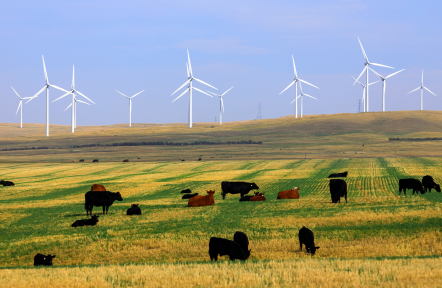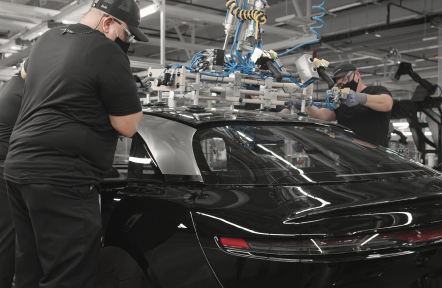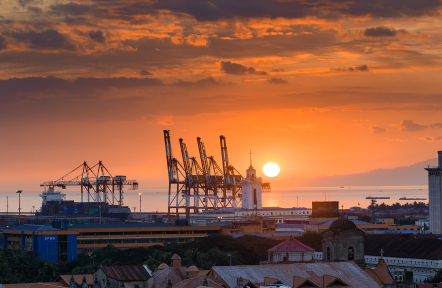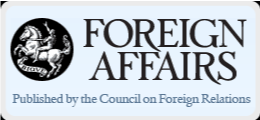To celebrate its centennial in 2017, Finland reminded its 5.5 million citizens how successful the country was in improving their standards of living and quality of life. For four consecutive years, the Nordic nation topped World Happiness Report, a survey conducted by the U.N.’s Sustainable Development Solutions Network.
In other lists and surveys, Finland ranks among the top 3, including the safest, freest, best governed, least corrupt, most prosperous, most gender equal, cleanest and greenest, most literate and numerate, and best educated. It is no wonder the country continues to attract more visitors, tourists and international students alike, every year.
For international students, the relaxed, laid-back way of life is one of the most attractive aspects of Finland. Of course, none of them overlooked the quality of education offered by the country’s universities and schools. In the QS World University ranking for 2021, nine Finnish universities figured among the Top 500.
Now regarded to have the best education system in the world, Finland instituted unorthodox and progressive policies 50 years ago. Early childhood education and care (ECEC) lies at the heart of the whole education system.
Apart from knowledge and skills, ECEC incorporates health and wellbeing as components of holistic development.
Finland’s education system also did away with standardized testing, required rigorous standards for all teachers (all must have a Master’s degree), fostered cooperation instead of competition, provided professional options beyond the traditional college degree, and allowed modern study environments and non-traditional instruction.
Perhaps, the encouragement to cut loose from convention is what gave the world out-of the-box solutions: the world’s first Internet browser, the wireless heart monitor, Linux open source software and mobile texting or SMS.












